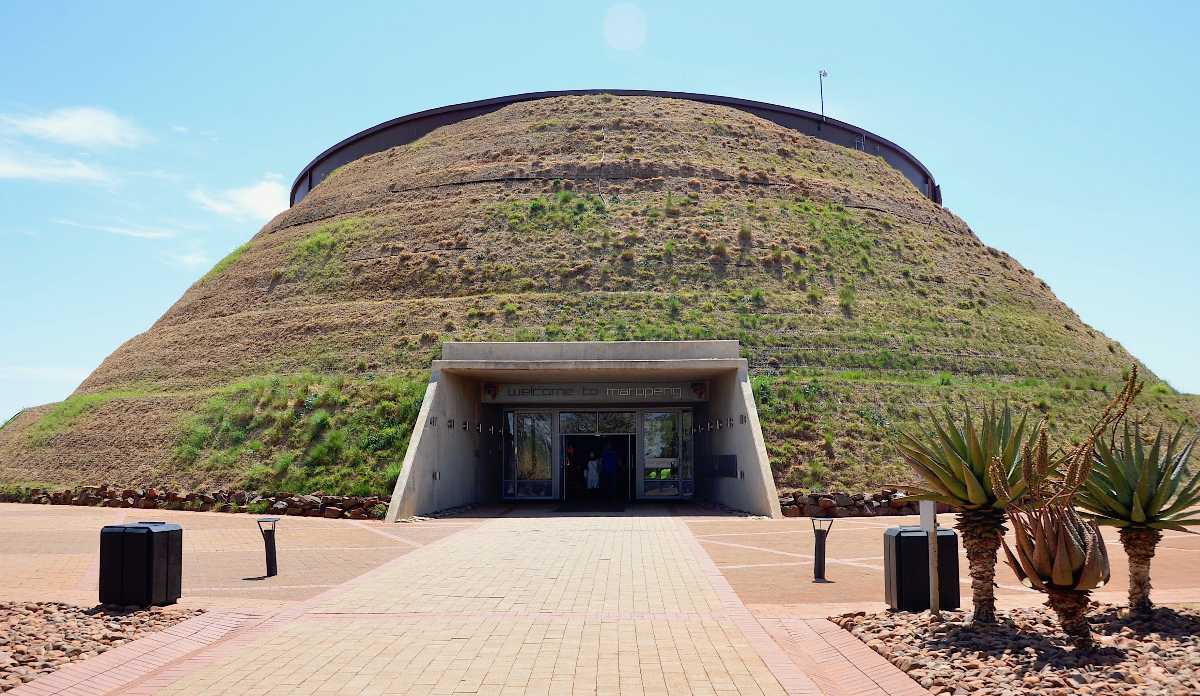The 2-Minute Rule for Johannesburg North Attractions
The 2-Minute Rule for Johannesburg North Attractions
Blog Article
What Does Johannesburg North Attractions Do?
Table of ContentsJohannesburg North Attractions Can Be Fun For EveryoneAll About Johannesburg North AttractionsGetting My Johannesburg North Attractions To WorkGetting My Johannesburg North Attractions To Work4 Easy Facts About Johannesburg North Attractions Described3 Easy Facts About Johannesburg North Attractions Explained
The city owes its area to the presence of an also more valuable resource: gold. The city grew on the edge of the Witwatersrand Main Coral reef, a subterranean stratum of gold-bearing quartz-silica conglomerate that arcs for thousands of miles beneath the Highveld. The majority of the gold mines in the city stopped operation in the 1970s, yet in its day the Witwatersrand gold sector made up more than 40 percent of the globe's annual gold production.Johannesburg has a temperate environment. Summer season temperature levels balance about 75 F (24 C); winter season temperatures average regarding 55 F (13 C) and only periodically dip below freezing. The city delights in concerning eight hours of sunshine daily in both winter and summertime. Rainfall standards regarding 28 inches (700 millimetres) per annum, however the overall differs substantially from year to year.
What rain the city receives drops practically specifically in the summertime months, frequently in stunning late-afternoon electrical storms., where many locals still depend on coal for gas.

The Ultimate Guide To Johannesburg North Attractions
The equilibrium of the city is inhabited by whites. Accommodation varies in personality and quality.
Physical growth, although somewhat limited by transport, proceeded swiftly as immigration to South Africa, and Johannesburg specifically, increased dramatically. This problem was resolved in the 1930s when the automobile was introduced in mass production to South Africa. Automobiles were, essentially, constrained to the well-off, and allowed them to move to the north of the city and commute right into the centre.
A lot of bad suburbs were combined, with poor blacks and whites living together, although the well-off suburbs were usually scheduled for whites.
The approximated population of the region is 200,000, [] yet the number of people staying in the central city on a casual basis is unidentified, as lots of are illegal immigrants. Most higher-income locals and white people have actually transferred to the Full Report north suburban areas and have actually been changed by lower-income black individuals. The unemployment, education, and age profiles of the location are all unidentified, due to the trouble of acquiring trusted info about the area.
Getting My Johannesburg North Attractions To Work
Yeoville and Bellevue have a mix of house structures and single household units on small lots. The region is situated on a mountainous divide that runs from eastern to west.

Johannesburg Stadium, a training school for both the Golden Lions and Orlando Pirates, is nearby. The eastern suburban areas of Johannesburg are situated in the city's 7th [] and 9th [] areas. The area is also functionally incorporated with East Rand border towns beyond the official boundary of Johannesburg, such as Bedfordview and Edenvale (both component of Ekurhuleni Metropolitan District).
The Ultimate Guide To Johannesburg North Attractions
The visit here eastern residential areas are some of the oldest locations of Johannesburg, there are large areas of Jewish and various other European histories, the bulk of the populace is English speaking. There are three golf programs as well as a number of protected ridges with viewsites.
The site web area is primarily made up of old "matchbox" residences, or four-room residences constructed by the federal government, that were built to offer economical lodging for black employees during discrimination. Soweto is an abbreviation, representing "South Western Townships". Road after road in this field is lined with matchboxes; nevertheless, there are a few smaller sized areas where flourishing Sowetans have actually constructed houses that are more comparable in stature with those in more affluent suburbs.
Hostels are one more noticeable physical feature of Soweto. Initially built to house male migrant workers, numerous have been enhanced as homes for pairs and family members. The N1 Western Bypass skirts the eastern limit of Soweto. The residential area was not historically enabled to create work centres within the location, so mostly all of its residents are commuters to various other components of the city.
Unknown Facts About Johannesburg North Attractions
The domestic locations in the northern suburban areas are generally official, with no significant areas of informal real estate, or real estate that does not have a permanent framework. This is a recognized area, there is a fad of land use adjustment from property to industrial, specifically along main arterial roads and around established nodes.
Roads to the east and west are less well established, as there are no highways travelling in that direction. Towards the north border of the city, the thickness of growth reduces, leaving big areas of undeveloped land around Midrand.
Some Of Johannesburg North Attractions
, which is located on a hill overlooking the inner city and Hillbrow.
Report this page